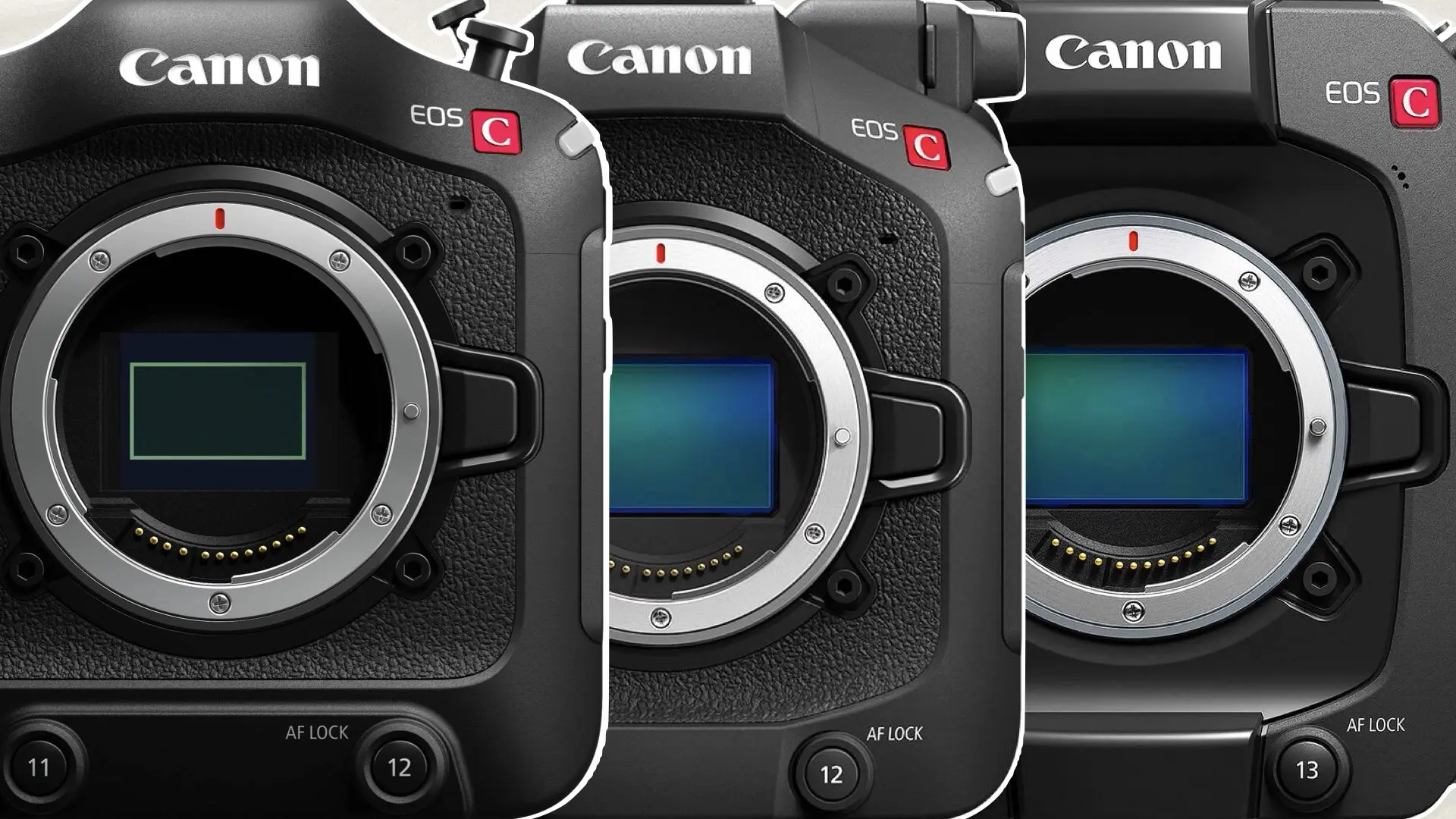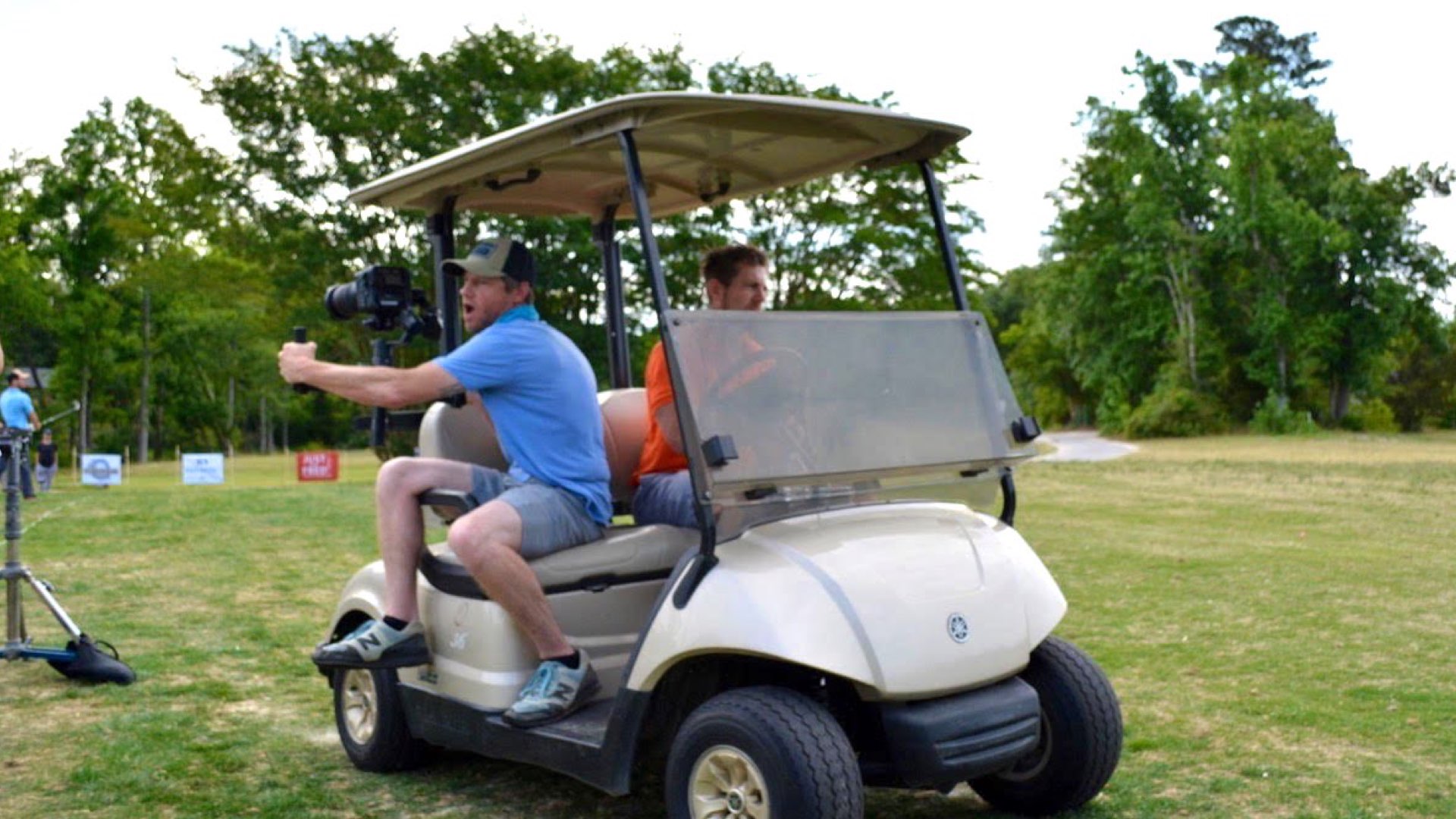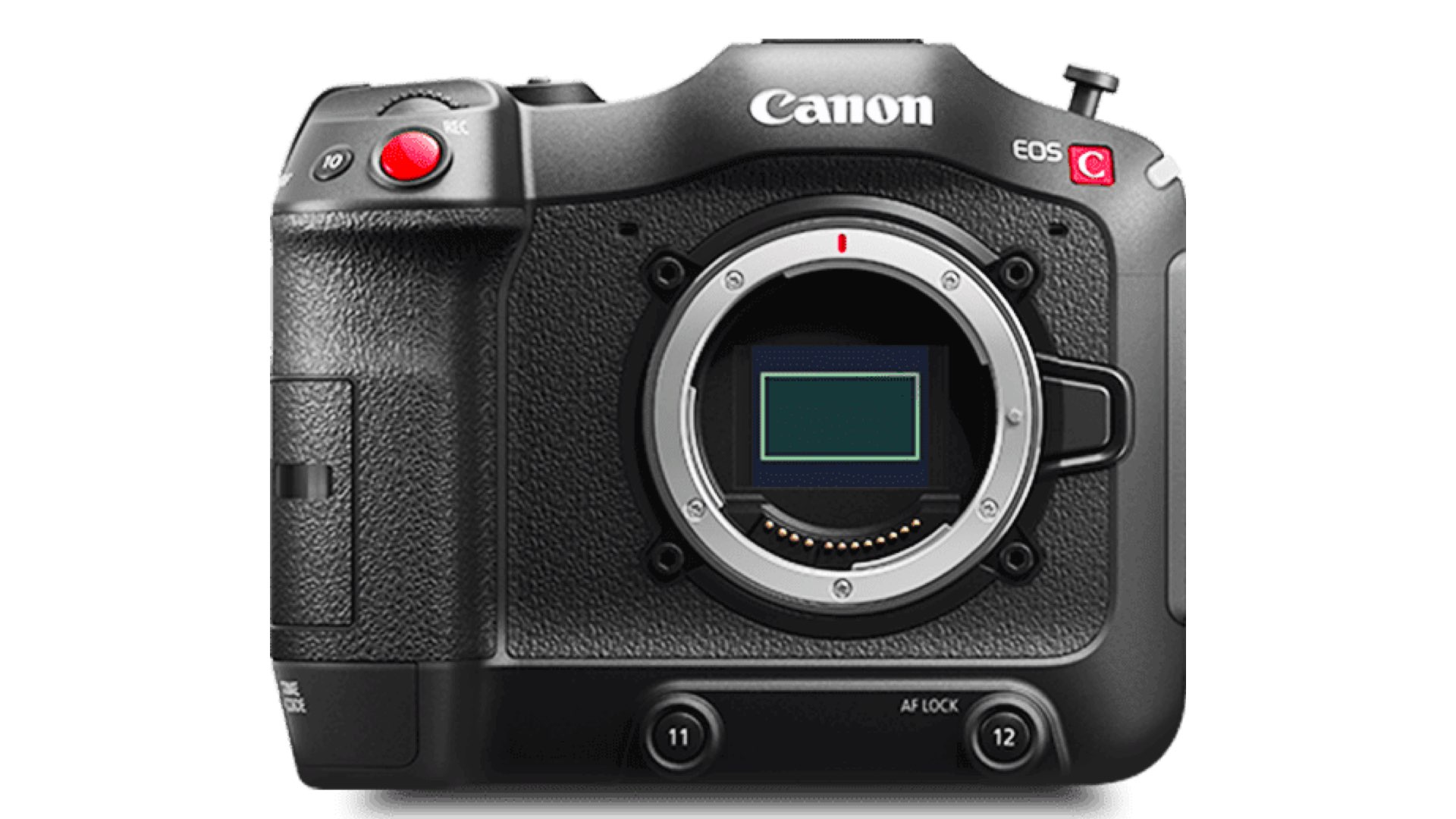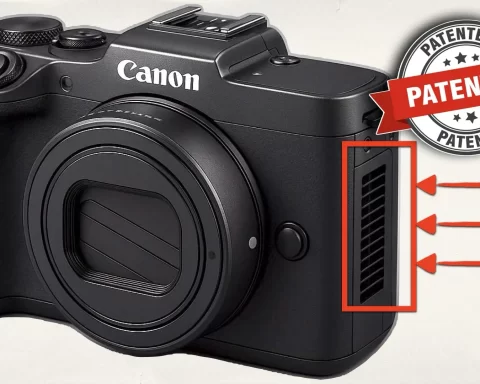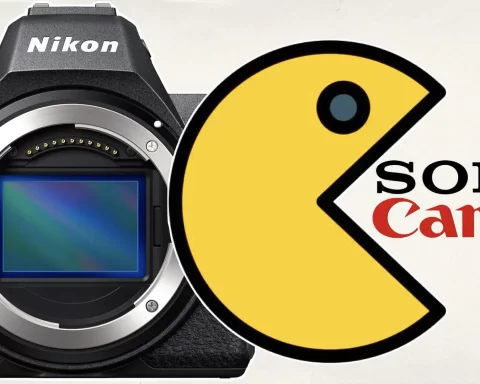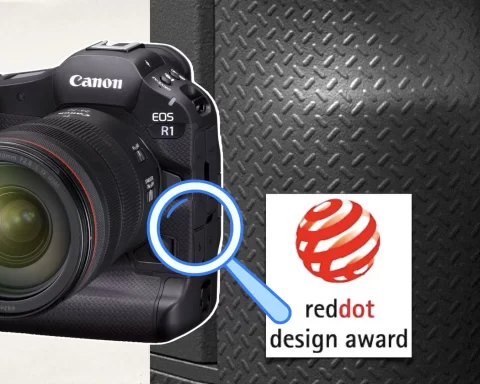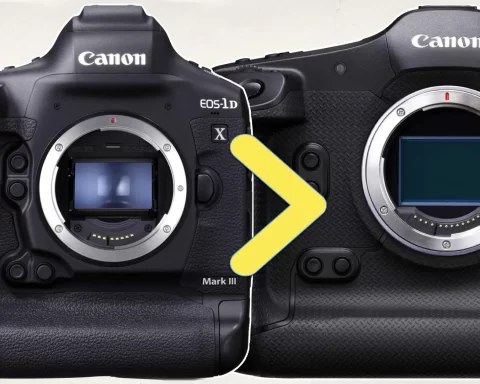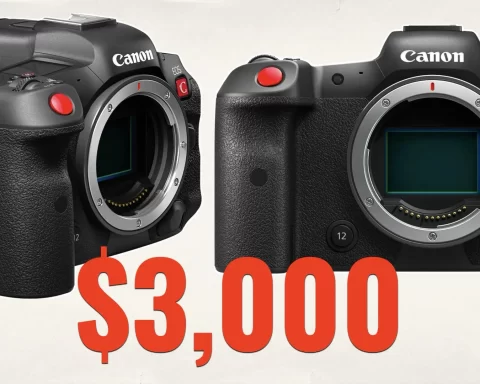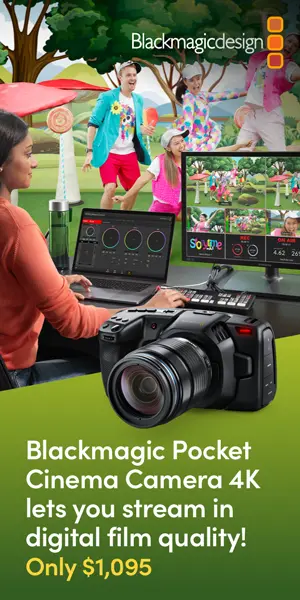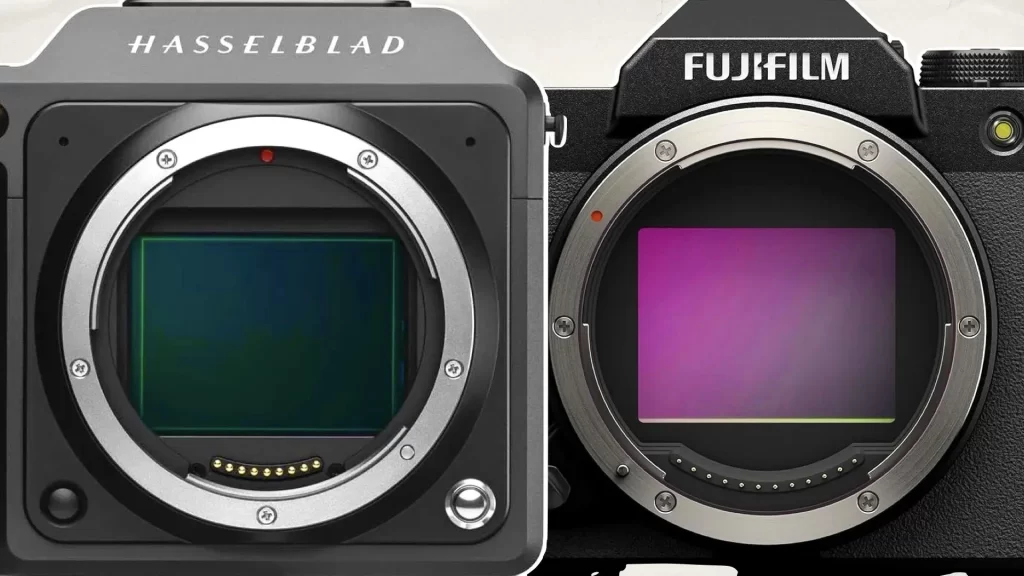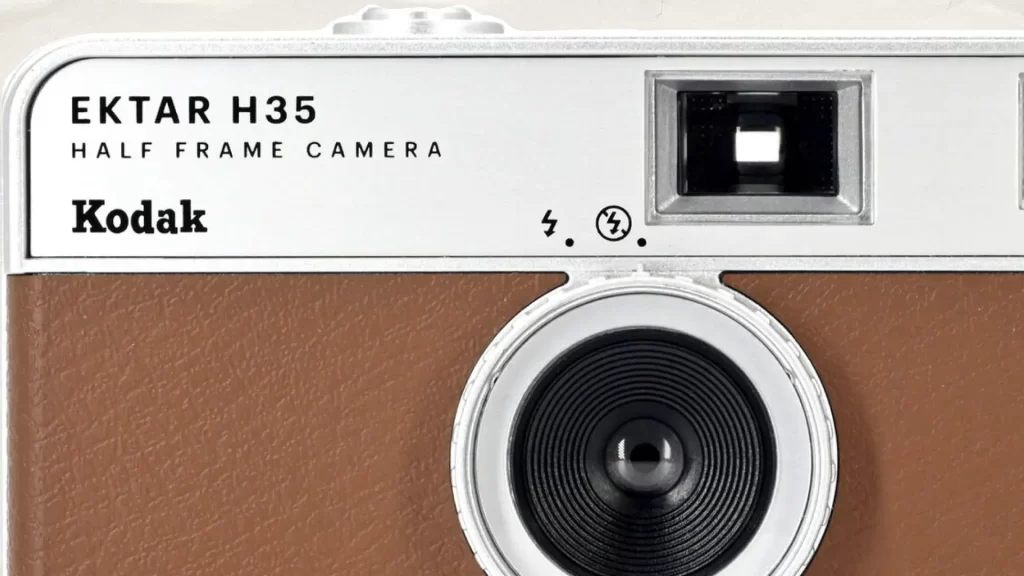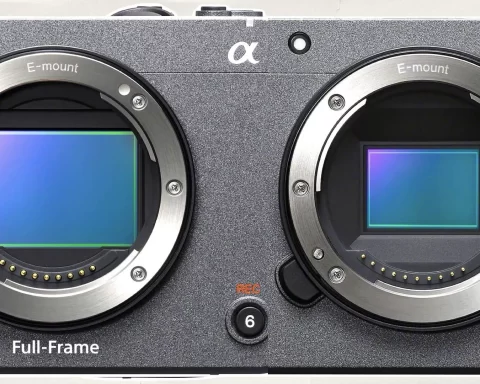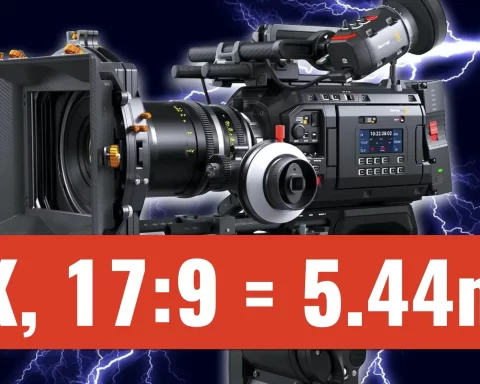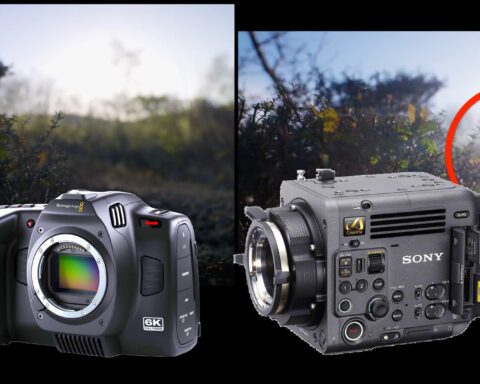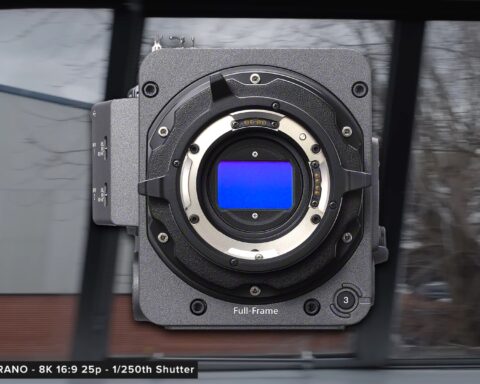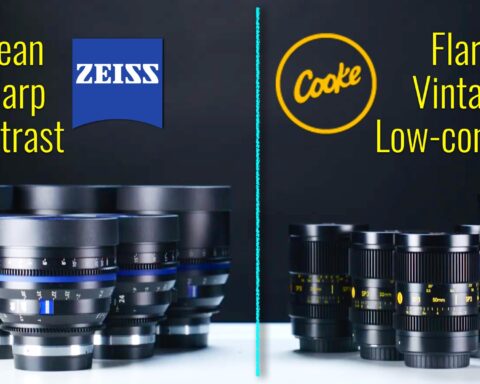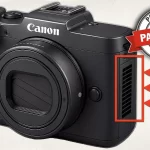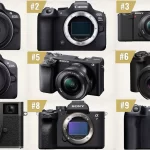Canon’s Cinema EOS lineup has long been praised for its balance of cutting-edge image science, intuitive ergonomics, and robust build quality. In this deep dive, we explore three of Canon’s selected RF-mount cinema cameras—the EOS C70, EOS C80, and EOS C400—to help filmmakers, documentarians, and content creators determine which is the right creative tool for their specific shooting needs. Though all three models share core Canon DNA, they each serve different production environments. Whether you’re filming a narrative feature, capturing a live event, or experimenting with virtual production, your camera choice should reflect your workflow and artistic intent.
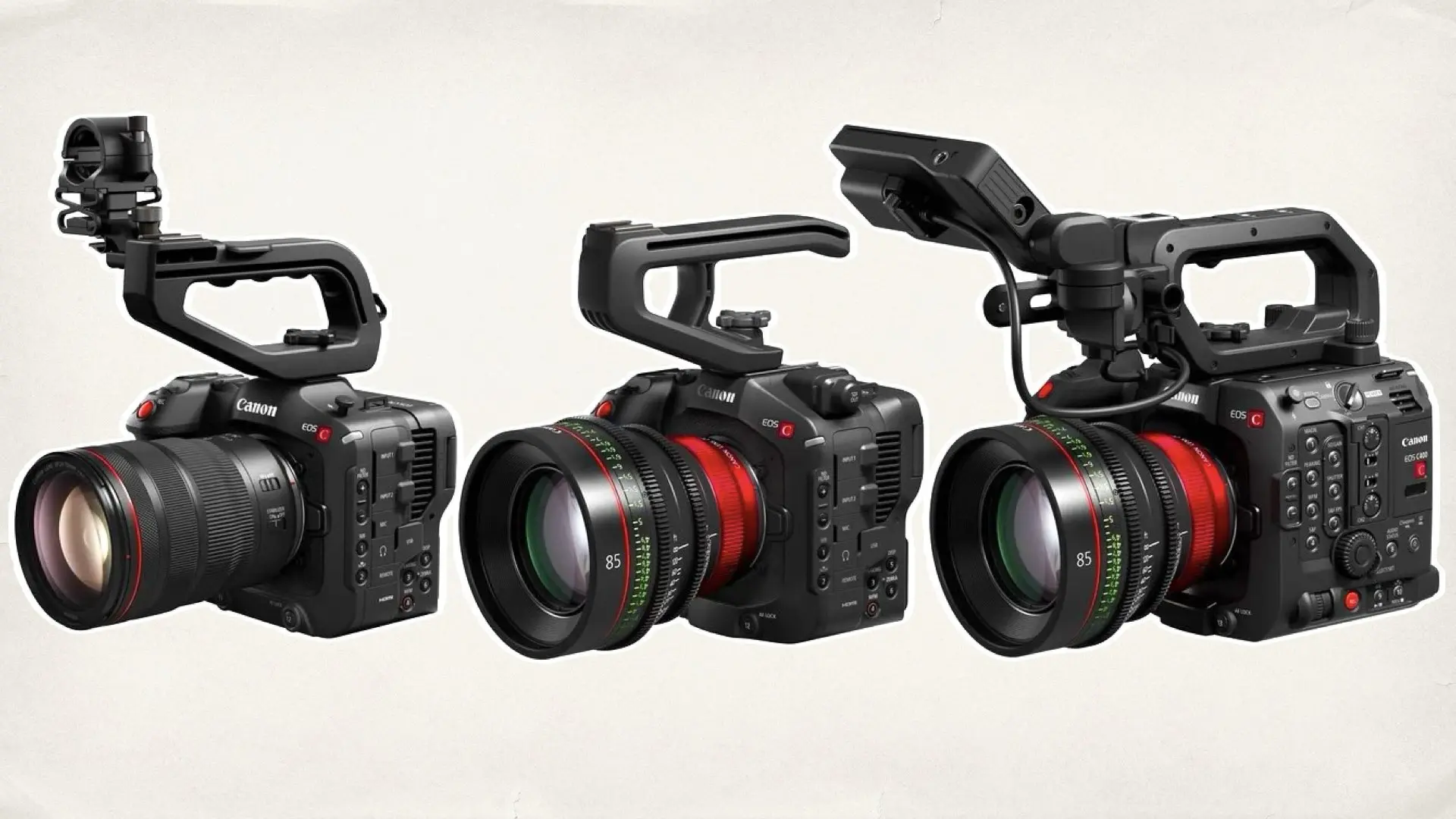
Introduction: Canon EOS C70 vs EOS C80 vs EOS C400
Canon’s dedication to cinema cameras has redefined expectations for independent filmmakers, documentarians, and even high-end productions. With the RF-mount Canon EOS C70, EOS C80, and EOS C400, the company presents three unique offerings tailored for different creative needs. Each camera tells a different story—not just through specs, but through real-world performance and professional validation. Let’s explore how each camera fits distinct filmmaking styles, backed by our ongoing coverage and field-tested insights.
Canon EOS C70: The Workhorse for Guerrilla Filmmakers
When the Canon EOS C70 was introduced, it immediately captured the attention of filmmakers needing compact cinema performance without sacrificing pro features. In our hands-on article, Canon EOS C70 After Six Months of Usage: A Real Filmmaking Machine, we praised its lightweight body, powerful Dual Gain Output sensor, and internal ND system. It proved itself not only in specs but also on demanding shoots. This reputation was echoed in Top Rented Cameras for 2021: Canon EOS C70 Leads the Way, confirming its widespread adoption in the rental and indie film markets. Importantly, it’s Netflix Approved, making it a go-to option for productions aiming for global streaming distribution on a budget. In our Canon Cinema EOS Comparison: C70 vs R5C, the C70 stood out for its ergonomic design and dedicated video-first architecture, making it a true cinema machine—designed for filmmakers, not hybrid shooters.
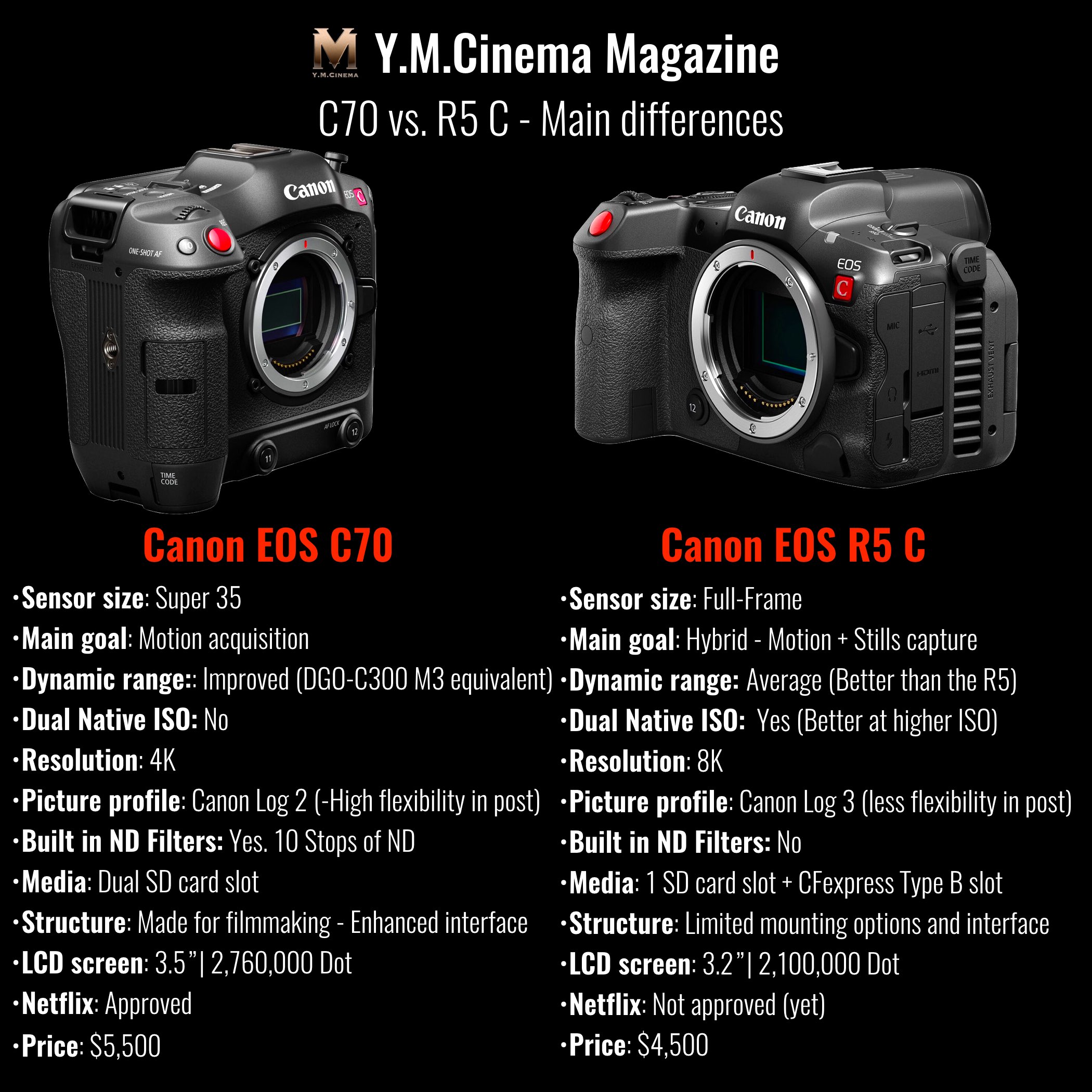
Buy the Canon EOS C70 on Amazon | B&H | Adorama
Canon EOS C80: A Netflix-Approved Upgrade to the C70?
In 2024, Canon followed up with a significant release—the Canon EOS C80, a compact 6K full-frame camera that builds upon the C70’s success. According to Canon Introduces the EOS C80: 6K Full-Frame Cinema Camera, the C80 offers internal RAW, advanced autofocus with deep learning, and a full-frame sensor—all while retaining a relatively compact form factor. Not long after, Canon secured high-profile streaming validation again, with Canon EOS C80 Becomes Netflix Approved. This milestone made it clear that Canon envisions the C80 as a powerful middle ground between portability and pro-tier quality. Compared to the C70, the C80 delivers greater imagery and improved low-light performance thanks to its full-frame design—ideal for narrative filmmakers and music video creators seeking cinematic depth with the simplicity of a one-body setup.

Buy the Canon EOS C80 on Amazon | B&H | Adorama
Canon EOS C400: The Flagship Powerhouse for High-End Productions
2024 marked a significant leap forward with the unveiling of Canon’s most ambitious RF-mount cinema camera to date: the Canon EOS C400. Billed as a production-ready 6K full-frame camera with Triple Base ISO and a new image pipeline, it earned high praise in Canon C400: A Cinema Swiss Army Knife. This camera doesn’t just meet professional expectations—it anticipates them. In Canon Introduces EOS C400: 6K Full-Frame RF Triple Base ISO Cinema Camera, we broke down its robust feature set: 6K internal RAW, 4K ProRes, SDI outputs, and Pro Cine audio terminals. The camera is designed to compete with giants in the high-end cinema world. Canon also made a strong statement by showcasing the C400 alongside ARRI’s top-tier accessories, as reported in Canon EOS C400 Paired with ARRI Pro Cine Set Spotted at BIRTV. This synergy signaled Canon’s commitment to serving elite productions that demand maximum image fidelity and system integration. Of course, it didn’t take long before Canon C400 is Netflix Approved, further confirming its top-tier status. If you’re shooting a high-budget feature or episodic project with a demanding post workflow, the C400 provides not just image quality but the full suite of pro connectivity and data handling you’ll need.
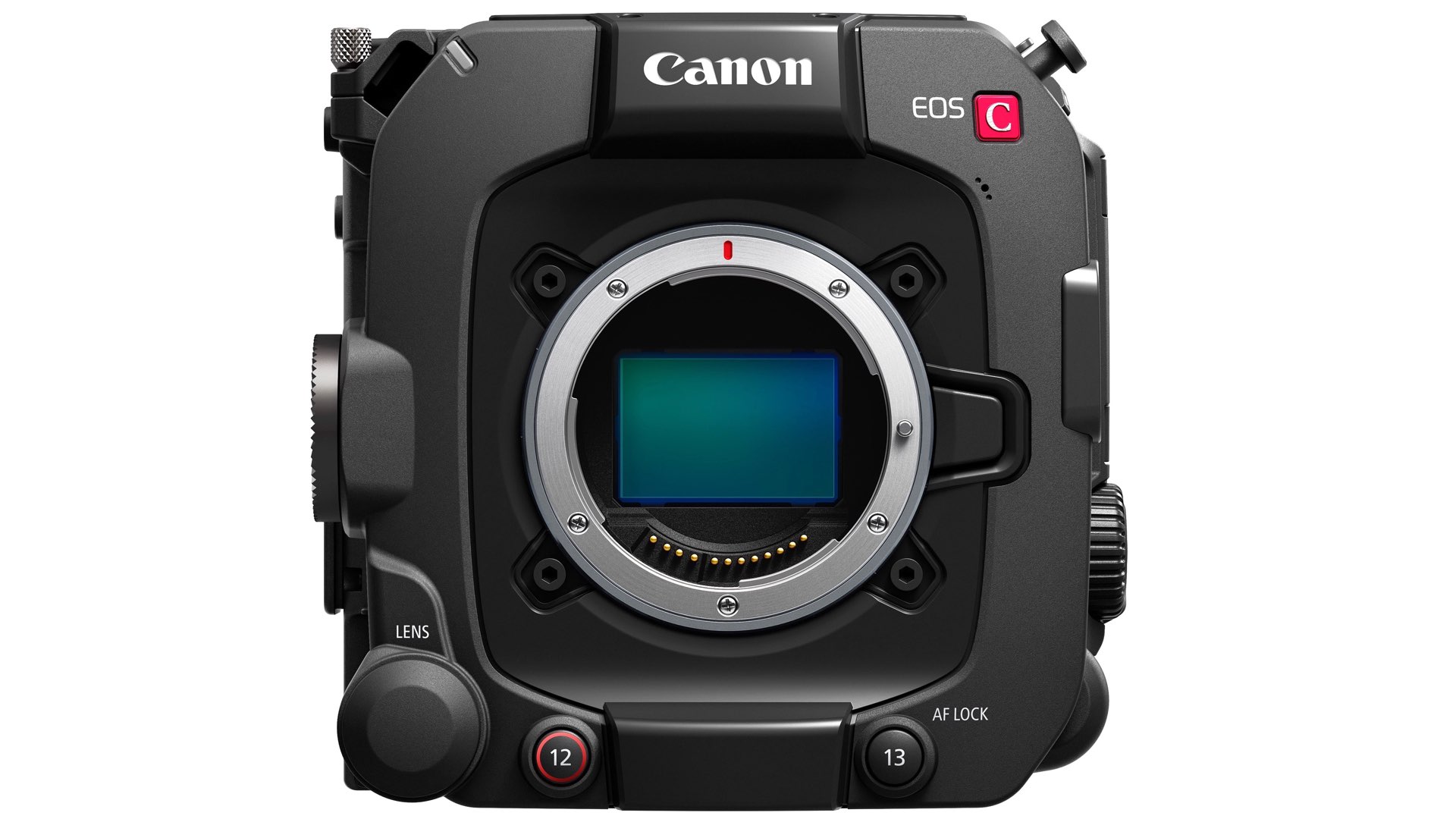
Buy the Canon EOS C400 on Amazon | B&H | Adorama
Pre-Verdict: Which Camera Fits Your Shooting Style?
-
Run-and-Gun Shooters & Documentary Filmmakers
Choose the Canon EOS C70 for its size, reliability, and proven performance in fast-paced environments. -
Narrative Filmmakers & Indie Directors
The Canon EOS C80 offers a full-frame look, internal RAW, and advanced autofocus, ideal for stylized cinematography in a compact build. -
High-End Productions & Cinematographers
Go with the Canon EOS C400 if you need uncompromised quality, full pro I/O, and the flexibility to adapt to cinema rigs and large crews.
Each of these cameras brings something unique to the table—and importantly, all are Netflix Approved, meaning they are ready for the highest level of professional storytelling. Canon has created not just tools but a scalable ecosystem for filmmakers at every level. Now let’s dive a bit deeper!
The Shooting style
Filmmaking for Cinema: The Art of Image Quality
When storytelling is your medium and image fidelity is paramount, your camera must be a faithful interpreter of light and motion. For narrative filmmaking, commercials, or corporate storytelling, dynamic range and color science reign supreme.
Canon EOS C70: Compact Powerhouse with DGO Magic
The C70 features Canon’s acclaimed Dual Gain Output (DGO) Super 35mm sensor, delivering a stunning 16+ stops of dynamic range. By capturing two amplification levels simultaneously and merging them into a single image, the C70 excels in scenes with challenging contrast, giving filmmakers enhanced flexibility in post. Its Super 35 format and compact body make it perfect for handheld shooting or gimbal work—ideal for independent filmmakers or documentary-style production where mobility matters.
Canon EOS C80: The Hybrid Hero
Taking a leap forward, the C80 combines the full-frame 6K BSI CMOS sensor of the C400 with a smaller, more lightweight body, retaining much of the C70’s portability while offering enhanced low-light performance and shallower depth of field. The oversampled 4K from 6K provides cleaner, sharper footage, especially advantageous for streaming platforms and theatrical delivery alike.
Canon EOS C400: The Flagship Powerhouse
The C400 offers the most cinematic flexibility, thanks to its modular design, native full-frame BSI sensor, internal 12-bit Cinema RAW Light, and support for PL mount lenses via adapter. It is Canon’s answer to high-end cinema workflows, capable of tackling large productions with professional crews and complex rigs. Whether you’re using Sumire primes or anamorphics, the C400 has you covered.

Live Broadcast: Connectivity Meets Dynamic Performance
Live events demand agility, consistency, and ironclad connectivity. Whether you’re shooting sports, news, or concerts, these cameras must adapt quickly to rapidly changing lighting and subject movement.
Triple Base ISO: C400 and C80 Shine
The C400 and C80 both boast triple base ISO (800 / 3,200 / 12,800), offering unmatched versatility in variable lighting. Their auto ISO switching ensures optimal signal-to-noise performance with minimal manual intervention—critical when the action won’t wait.
Connectivity Breakdown
-
C70: Includes HDMI, dual mini-XLR, timecode, mic input—suitable for straightforward live setups.
-
C80: Adds 12G-SDI, a broadcast essential for 4K transmission over long distances.
-
C400: Completes the trifecta with Genlock, Return Input, Wi-Fi/Ethernet, and full IP streaming (SRT/RTSP), making it a powerhouse for multi-cam broadcast environments. It also integrates seamlessly with Canon’s RC-IP1000 controller and XC Protocol for centralized multi-camera control.
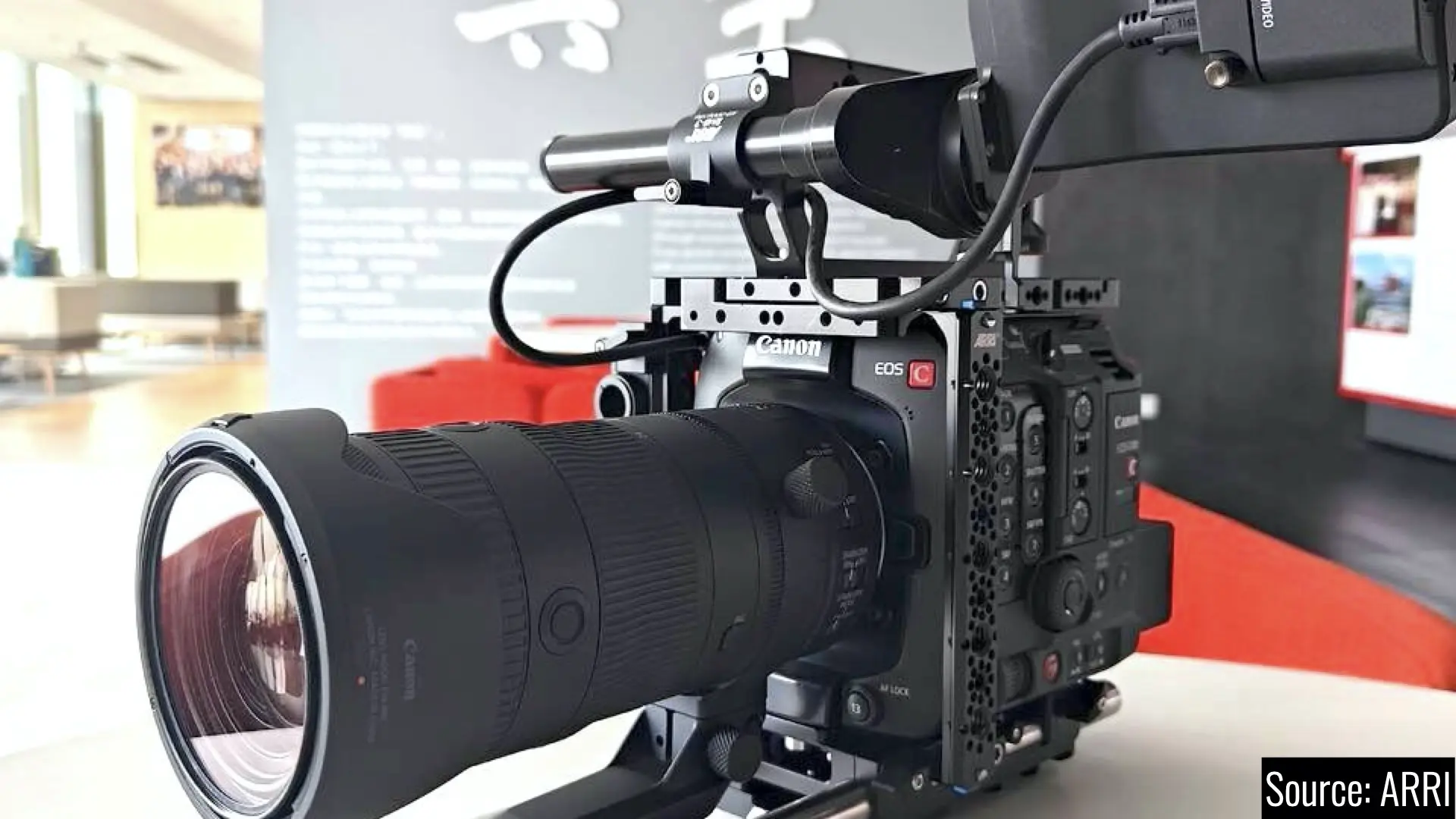
Sports and Action: Frame Rates and Autofocus That Keep Up
Fast-paced environments require high frame rates and reliable autofocus—every frame missed could be the story lost.
Slow Motion Capabilities
All three cameras offer 120fps in 4K and 180fps in 2K/HD, which is more than sufficient for action replays, cinematic slow-motion, or stylized visual storytelling.
Next-Gen Autofocus
-
EOS C70: Employs Dual Pixel CMOS AF, with face and eye detection and EOS iTR AF X.
-
EOS C80 and C400: Feature Dual Pixel CMOS AF II, offering full-sensor coverage, animal detection, and head/body tracking. Whether you’re following an athlete or an erratic subject, the AF stays locked with higher precision and fewer hunting issues.
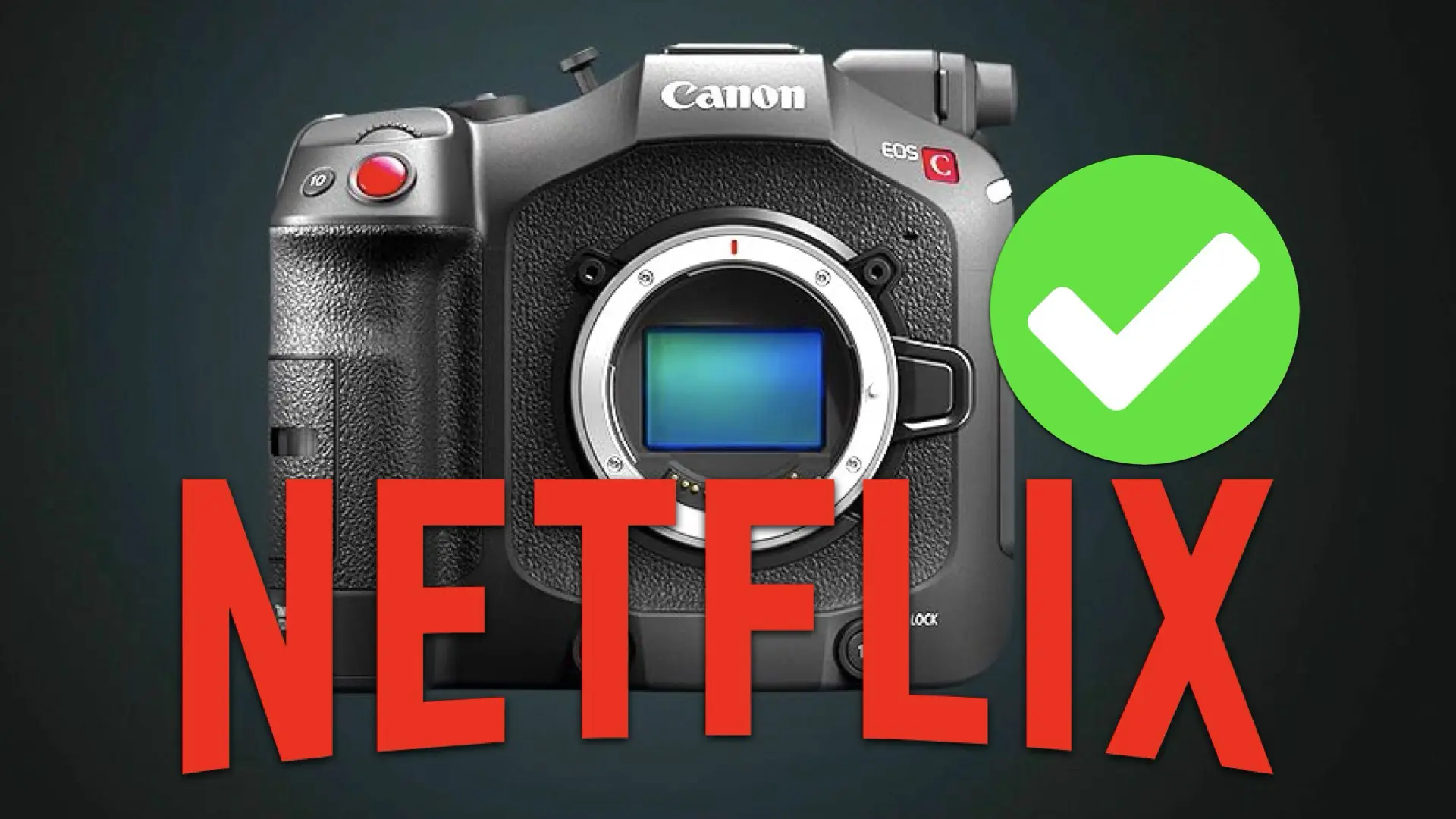
News, Reportage, and Run-and-Gun: Portability and Upload Speed
When storytelling happens in real-time—from the field to the newsroom—every second counts.
Size and Weight
-
EOS C70: The most compact and lightweight, at 1,190g, ideal for handheld and travel work.
-
EOS C80: Slightly heavier at 1,290g, but still highly portable with a full-frame sensor onboard.
-
EOS C400: 1,540g, modular and riggable, better suited for flexible production environments.
Field Workflow Enhancements
-
All three support Canon’s Content Transfer Mobile (CTP) app, enabling immediate FTP uploads with embedded metadata—a godsend for journalism and breaking news.
-
Image stabilization (5-axis electronic IS) across all three models ensures steady footage, even during handheld shots in high-pressure scenarios.
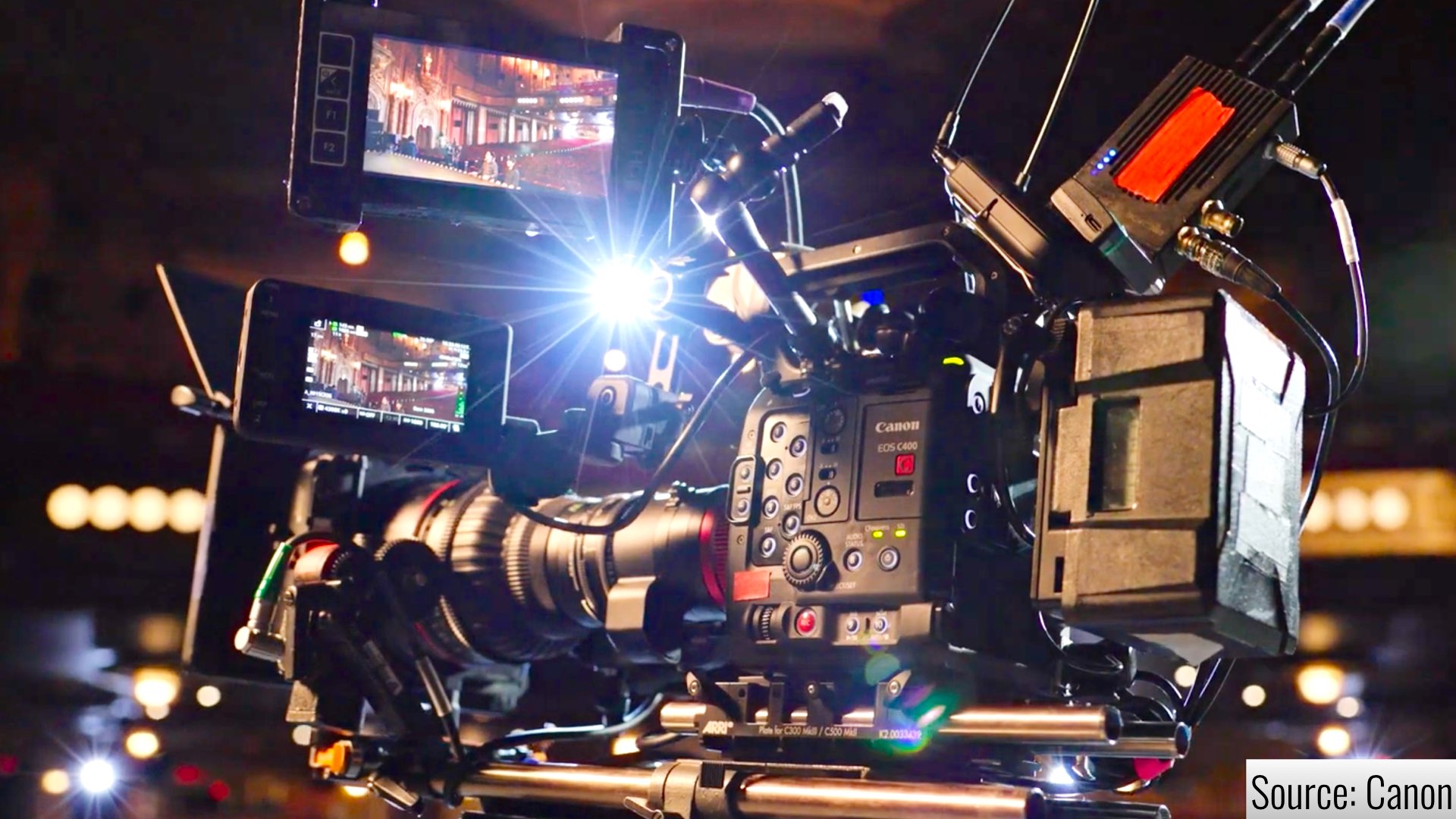
Virtual Production, VFX, and VR: Ready for the Future
The rise of virtual sets, LED walls, and immersive experiences has redefined how content is produced. Cameras now need to interface with real-time engines like Unreal and capture frame-accurate metadata.
EOS C400 and C80: VP-Ready
-
Support high-speed lens metadata output to Canon’s Live Link plug-in for Unreal Engine, making them excellent for in-camera VFX and VP environments.
-
Genlock on the C400 enables sync with LED walls, crucial for seamless background integration.
-
Compatible with the RF 5.2mm f/2.8L DUAL FISHEYE lens, these cameras can record stereoscopic VR in 3K per eye—a single-camera solution for immersive capture.
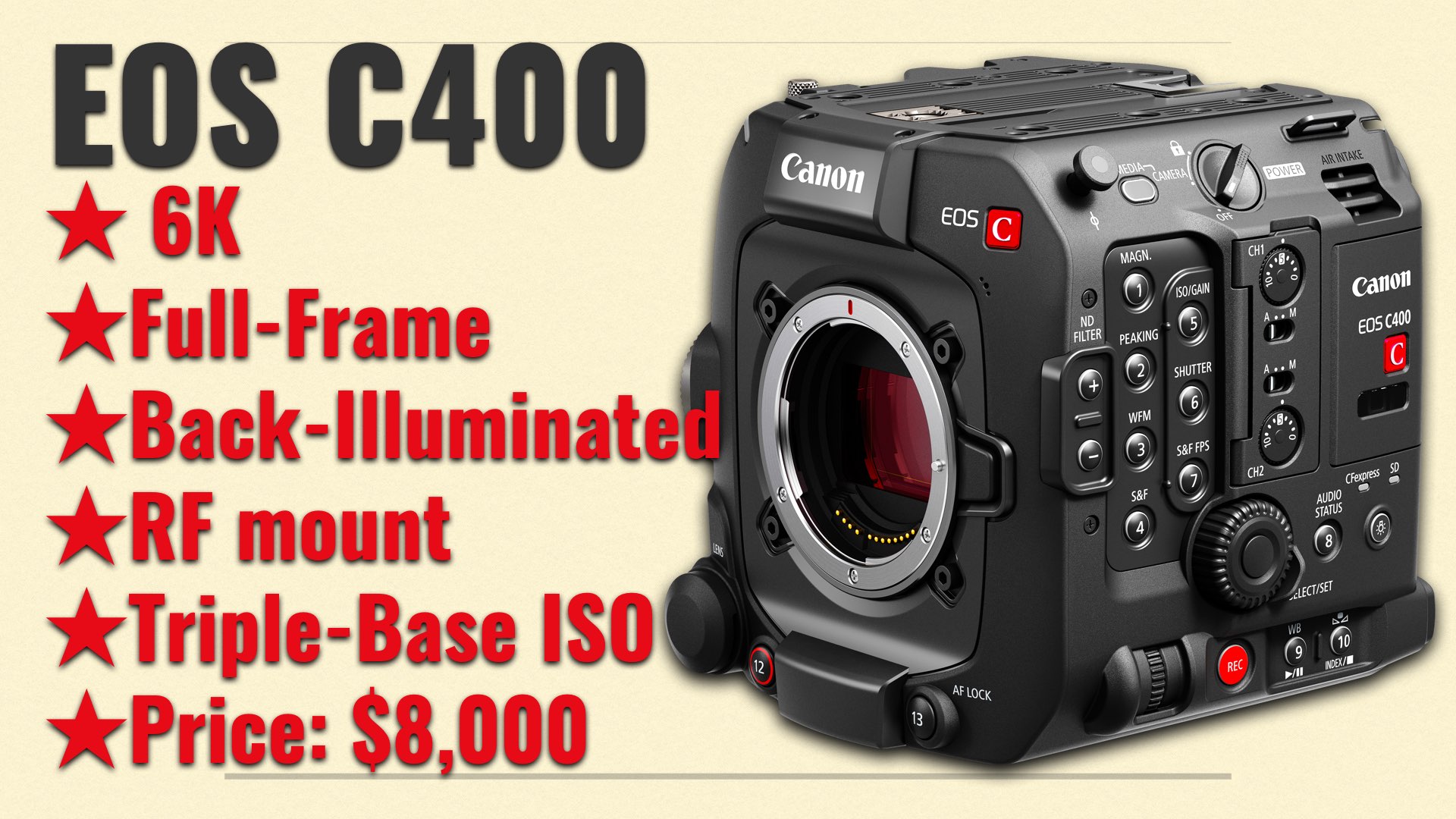
Verdict: Which Camera Fits Your Shooting Style?
| Shooting Style | Recommended Camera | Why |
|---|---|---|
| Narrative Film / Commercials | EOS C70 | Unmatched DR with DGO, compact and cost-effective. |
| Documentary / Low Light | EOS C80 | Full-frame sensor, better low-light, expanded I/O. |
| High-End Cinema / Versatile Rigs | EOS C400 | Modular, PL/RF mount support, RAW workflows. |
| Live Broadcast / Multi-Cam | EOS C400 or C80 | Genlock, Return Input, IP Streaming. |
| Sports / Wildlife | EOS C80 or C400 | Superior tracking AF and higher ISO range. |
| News / Field Reports | EOS C70 or C80 | Lightweight, rapid upload, great IS. |
| Virtual Production / VFX | EOS C400 | Genlock, Unreal integration, VR support. |
Final Thoughts
Canon’s Cinema EOS RF-mount family offers a carefully tiered ladder of capabilities. The EOS C70 is for creators who need uncompromising image quality in a compact body. The EOS C80 bridges full-frame excellence with portability and broadcast-friendly I/O. The EOS C400 is a no-holds-barred pro tool, optimized for high-end cinema, live production, and next-gen workflows like VP and VR. Your storytelling vision, workflow, and budget should drive your decision—not specs alone. Fortunately, in this trio of cameras, Canon has designed something for nearly every professional style.

